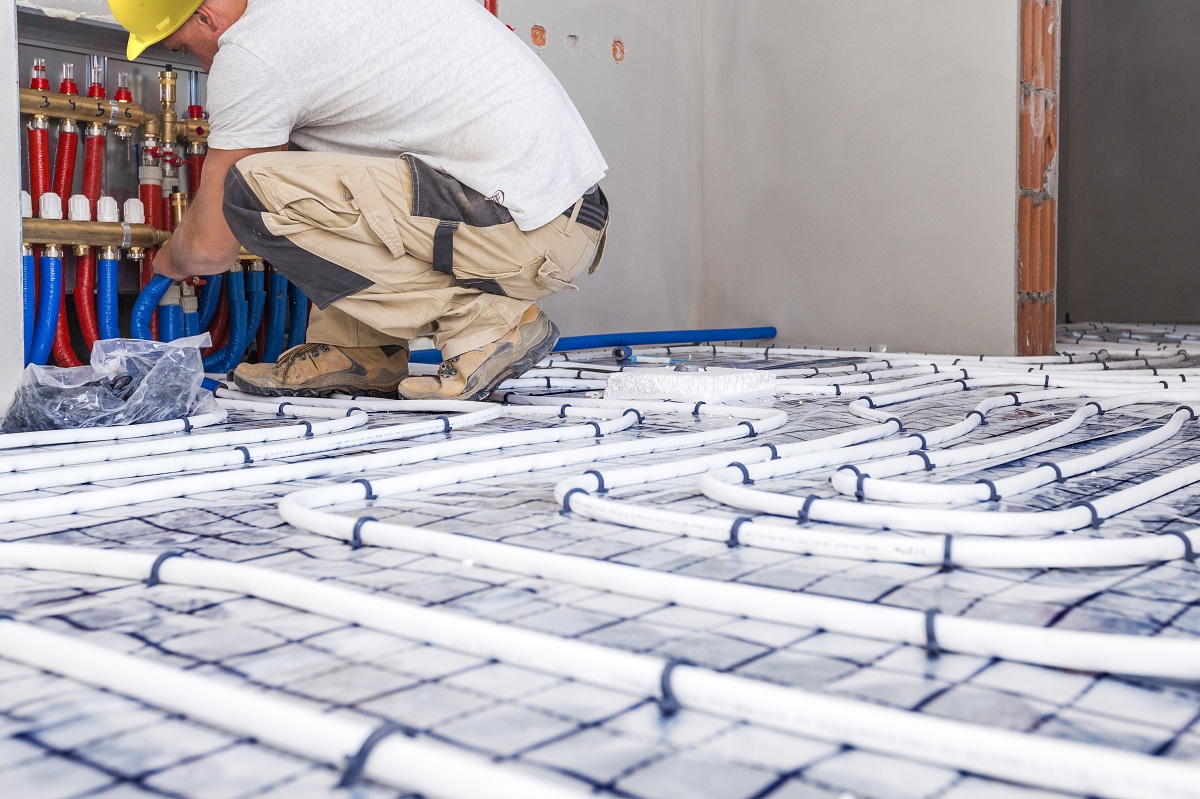Just as there are many different solid-state relay suppliers, there are also a lot of floor heating systems that you can choose from. Each type of heating system has its own advantages and disadvantages. If you’re not sure which one to choose, here is a guide to help you decide:
Electric floor heating systems:
Electric floor heating systems are the most common floor heating option. In this system, mats or wires are placed on the subfloor under a layer of concrete and the floor itself, which then emit radiant heat to warm the room above. There are three common subtypes of electric floor heating systems, namely:
1. Mesh mats
In this type of heating system, cables are already pre-woven into a net or mesh mat, making installation faster and easier. If you want to make the mesh mat fit perfectly into the corners of the room, you can cut the mesh itself, but not the wires. And to fasten them, you can simply use hot glue, tape, or staples.
2. Loose cables
This option is the least expensive way to heat your floor, but it also takes up the most time to install. In this type of electric heating system, the loose cable is arranged in a snake-like pattern on the floor. The spacing depends on how big the floor is and how you want the temperature to reach. If you are installing the cable yourself, you can use the manufacturer-provided end channels to help you space the cables properly.
3. Solid mats
Out of the three electric heating options, solid mats are the easiest to install but are the most expensive. The heating cables are embedded in material (either fabric, metal, or foil), which are then directly installed on the floor.
Hydronic floor heating system
 Another main type of floor heating option is hydronic floor heating. This system involves circulating warm water through pipes underneath the floor from a water boiler. To heat the boiler, you can use electricity, natural gas, or LPG, with the latter two being cheaper to run.
Another main type of floor heating option is hydronic floor heating. This system involves circulating warm water through pipes underneath the floor from a water boiler. To heat the boiler, you can use electricity, natural gas, or LPG, with the latter two being cheaper to run.
Here are the two subtypes of hydronic floor heating systems:
1. Slab
In this floor heating system, special pipes are placed inside the concrete slab. When the hot water flows through these pipes, the heat transfers to the concrete and then radiates to the floor and room above.
2. Screed
Screed heating involves pipes that are placed within a screed, which is on top of the main slab. The same heating principle applies: hot water circulates and heats up the floor and room above.
The type of floor heating system that is best for your home depends on several factors, namely your flooring material, your floor space, and your budget. If you are having trouble choosing between electric and hydronic heating systems, keep in mind that the former is easier to install but very expensive if you want to heat the whole house.
The latter option is more complicated to install but can be better than your home’s HVAC system. The choice all boils down to your heating needs and how your current heating system performs, as well as how much you want to invest in it.

